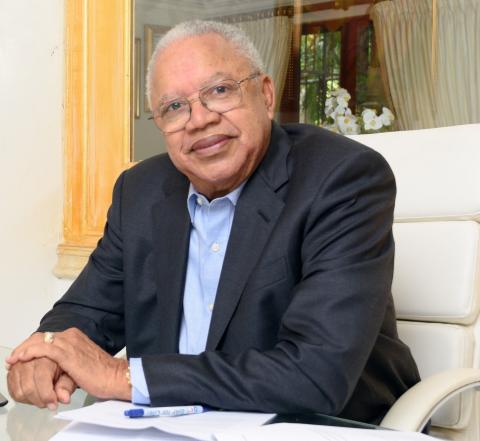
With the growth of telehealth, the remote care technology market has boomed as people begin to demand – and doctors begin to see the benefits of – more patient involvement in their care.
Remote care technology has been touted as an essential part of the digital healthcare revolution and I agree that they complete the ecosystem within which patient care becomes the focus. It allows patients to keep track of their health and recovery and doctors to track patients’ progress or provide convalescent care away from a healthcare facility.
The prevalence of non-communicable diseases has made the need to adopt remote care technology and facilitate telehealth even more urgent. Over the last few decades, healthcare has transformed into a more patient-focused model because of the need to include prevention and wellness in the overall care plan. Prevention largely requires the patient to be involved in the daily monitoring of their health. Remote care technology facilitates this and allows the doctor to keep track of their progress and make recommendations along the way, much quicker than if they had to visit a facility at intervals for a check-up.
Remote care technology became popularised with the increased use of fitness trackers that focused largely on physical activity metrics. Over the years, remote care technology became more sophisticated and included small devices that can capture a number of health metrics including heart rate, blood glucose levels, blood pressure and several others. Given the improvements in technology over the years, the growth of artificial intelligence and increased use of computer learning, there have been improvements in the models used for remote care.
The global remote patient monitoring devices market will witness a robust compound annual growth rate of 8.74 per cent, valued at US$1.45 billion in 2021, expected to appreciate and reach US$4.07 billion by 2030, according to Strategic Market Research ( www.strategicmarketresearch.com).
The remote care market has been steadily growing and improving while capturing technological advancements to make offerings to patients and healthcare providers more modern and in keeping with what maintains throughout the technology industry. This is why remote care technology has been more app-based in recent times, rather than device-based.
FORCED TO EMBRACE TECH
The development of the telemedicine and health technology industries have forced the adoption of the latest technologies that would make it easier for remote access while ensuring that patient records can be updated with ease and in a timely manner.
At this year’s Health Information Management Systems Society Conference held in Chicago, Illinois, in the United States in April, I viewed one of the first contactless blood pressure and vitals monitoring technologies branded as Anura and offered by a company called Nuralogix Corporation, based in Toronto, Canada (www.nuralogix.ai). This technology is a good demonstration of the evolution of remote care in keeping with the current movements and development of technology, adopted for the healthcare market, using artificial intelligence and computer learning. Simplified, the technology uses a 30-second video selfie to capture more than 30 medical-grade health and vital signs measurements including heart rate, breathing, heart rate variability, mental stress index, body mass index, facial skin age, systolic and diastolic blood pressure, risk assessments such as cardiovascular, hypertension, heart attack, stroke, hypercholesterolemia, hypertriglyceridemia and blood biomarkers like the risk of HbA1c (the amount of blood sugar (glucose) attached to a patient’s haemoglobin) and fasting blood glucose levels.
This is one of the easier, most efficient, and most comprehensive remote care apps out there with the capability to integrate with the electronic medical record and access via both web and app within a healthcare provider’s own website or practice management system. The benefits of this outside of monitoring patients’ health and progress include improved data gathering and analytics.
This will allow for the identification of health trends, which will facilitate evidence-based policy development and improved healthcare planning. I have no doubt that this is the beginning of more exciting times and new developments in the remote care industry. As artificial intelligence continues to develop, I believe we will continue to see even more sophisticated ways to capture patient data and predict outcomes.
Doug Halsall is the chairman and CEO of Advanced Integrated Systems. Email feedback to doug.halsall@gmail.com and editorial@gleanerjm.com.
Published: Sunday | July 9, 2023 | 12:10 AM
https://jamaica-gleaner.com/article/news/20230709/health-tech-evolution-...

